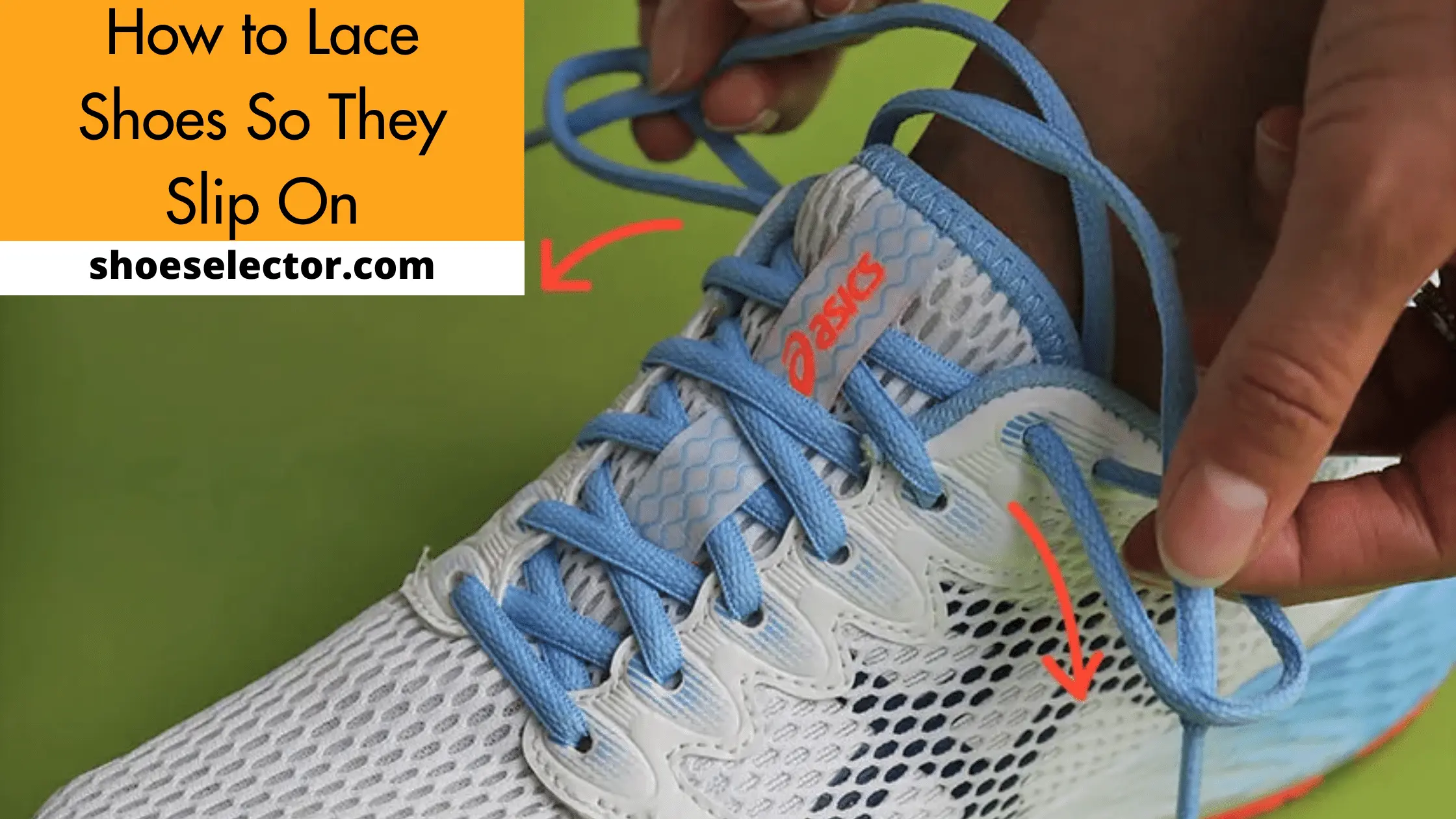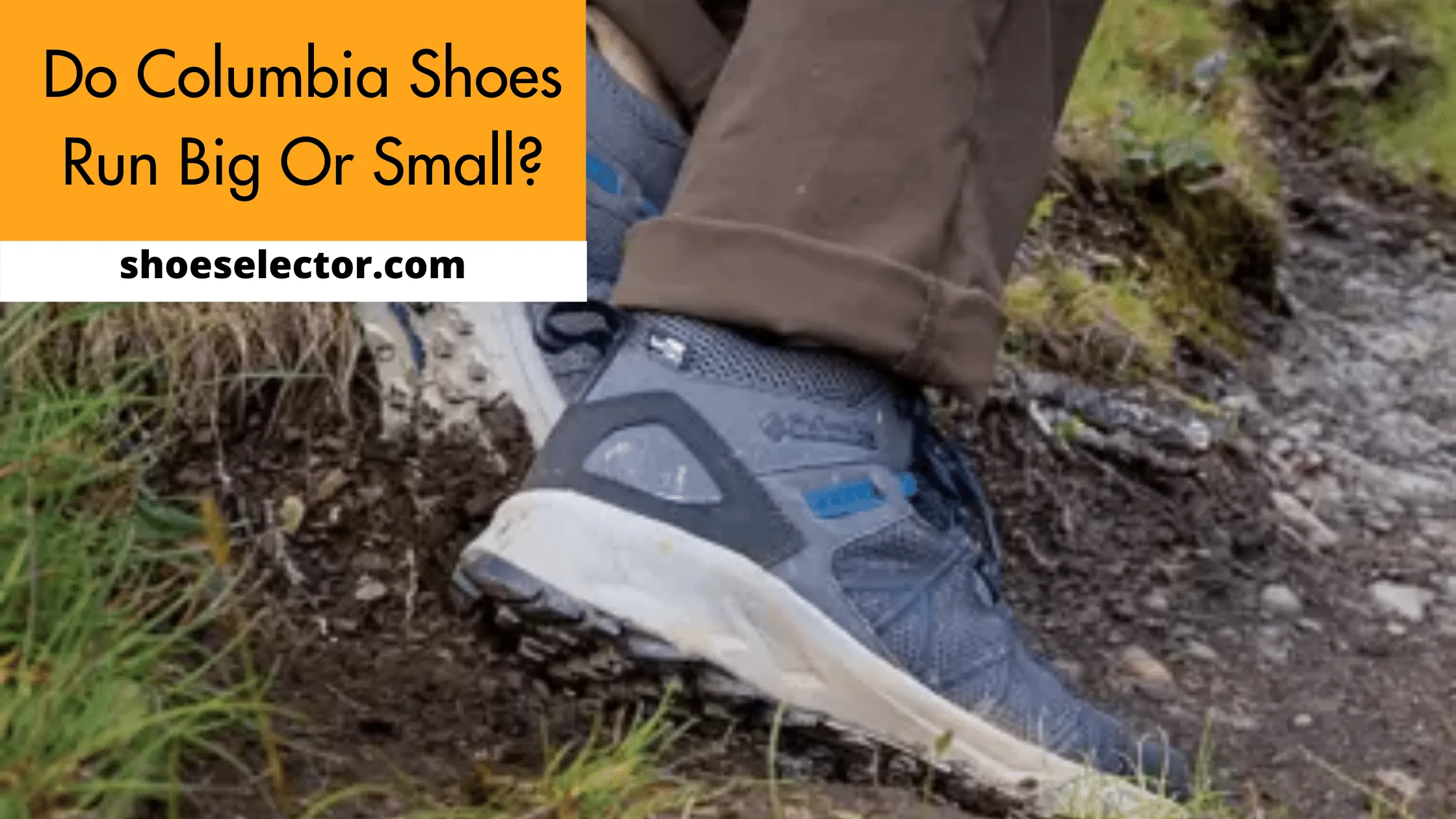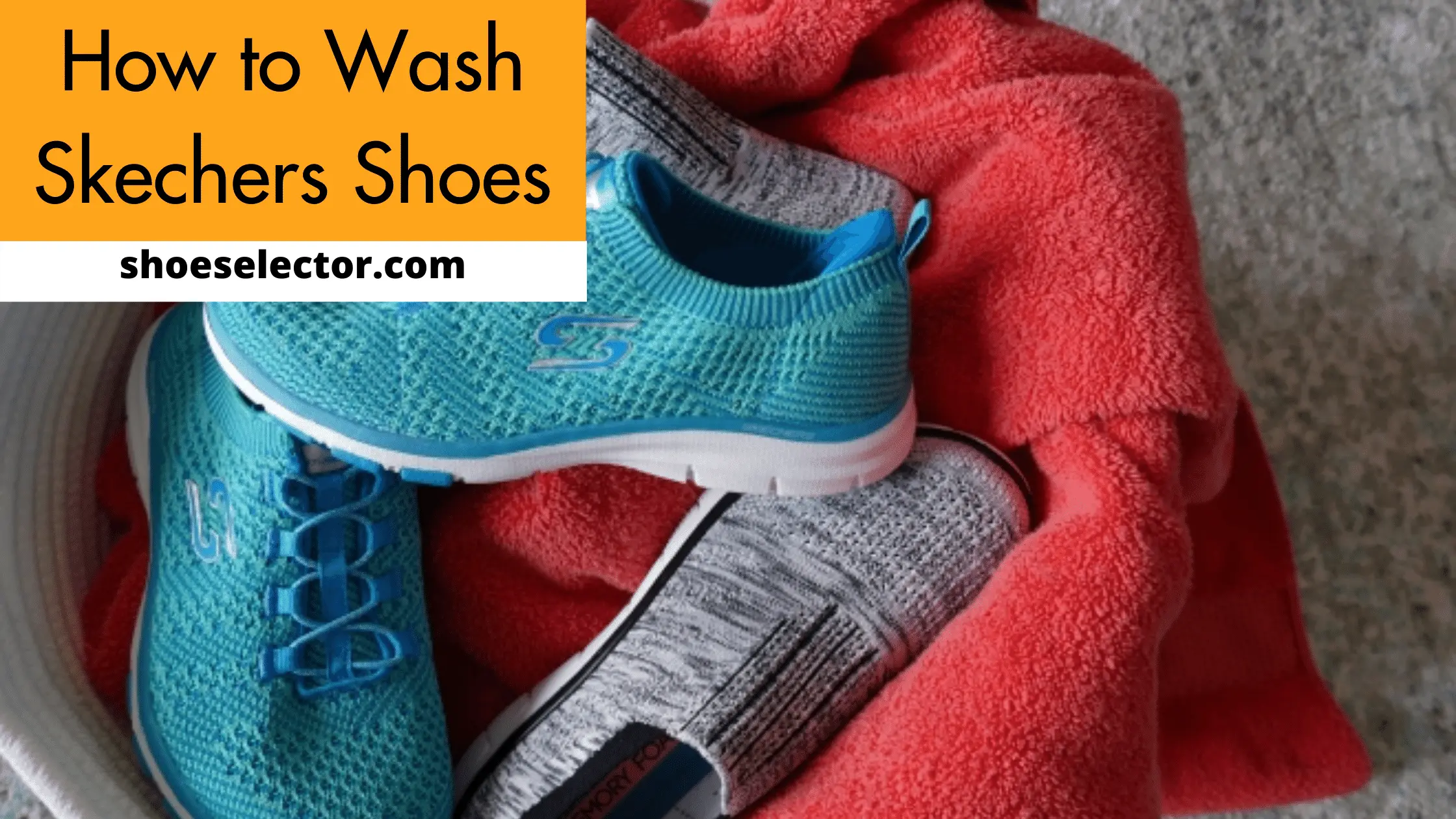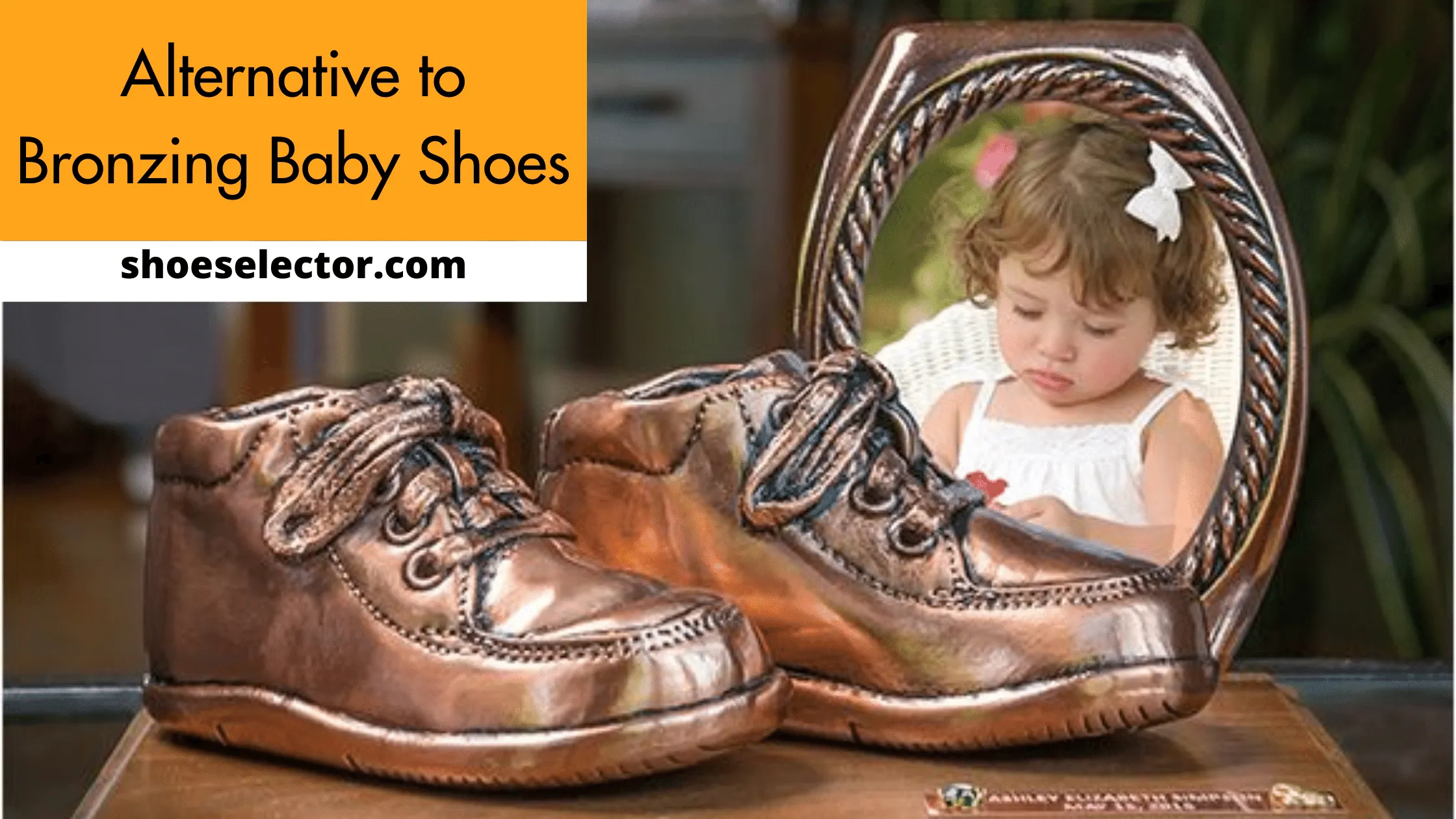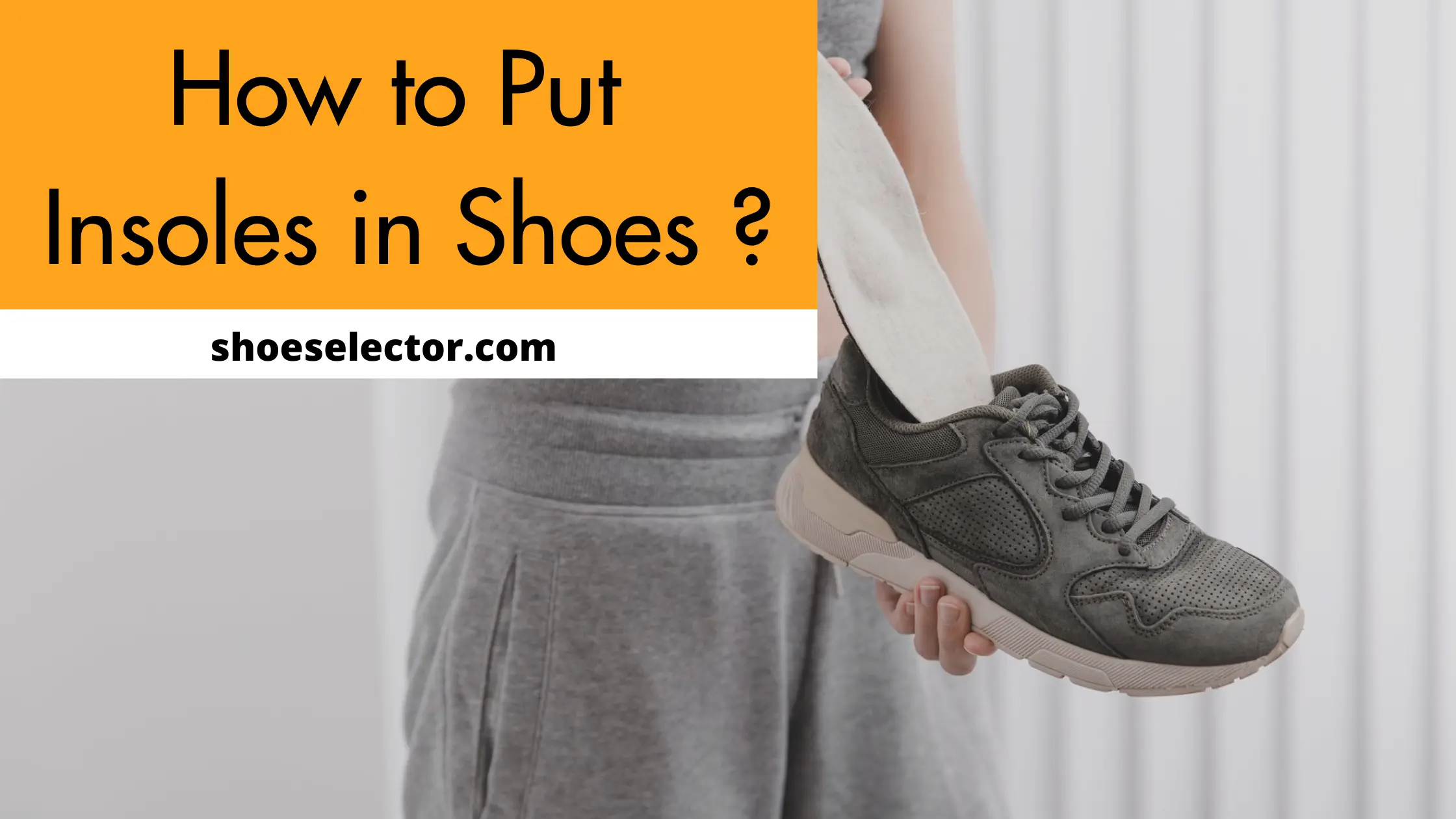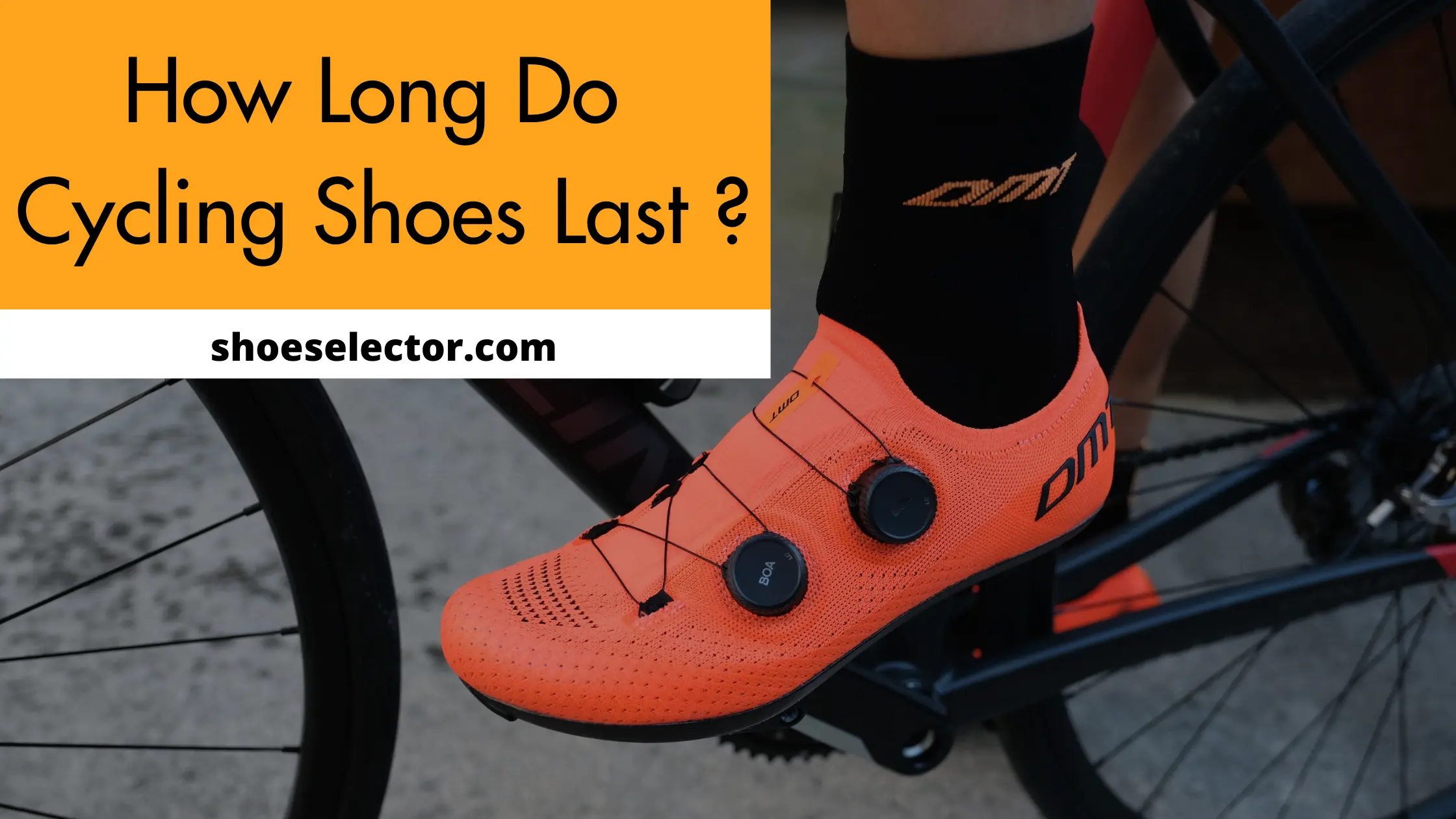In climbing footwear, there are two key components to the performance of your shoe: fit and form. Although the term “form” is thrown around all too much, it’s easy to tell when your shoes have become unfittingly worn. But what constitutes a truly poor fit?
Your shoes are supposed to support your feet, keep you comfortable, and protect them from injury. So the question is how tight should climbing shoes be? Unfortunately, sometimes shoes can be too tight or loose, and they can become unfitting.
We’ll look at three things you should consider when shopping for climbing shoes:
- What does a “good fit” mean?
- How do you know if your shoes are fitting correctly?
- How does it affect your climbing ability?
So without wasting a further moment, let’s begin the discussion.
What Does a Good Fit Mean?
In climbing, a good fit means your foot is not uncomfortable, and it doesn’t drag on the ground or hurt when you walk. When your shoe is too tight, it may also cause blisters or calluses on your foot, or it may restrict your movement.
A good fit also means the shoe doesn’t cause any blisters on your foot, and it provides excellent grip, which is especially important for balance. If you’re worried about falling off a rock, your shoe shouldn’t hinder your ability to perform on it.
You can tell whether your shoe is properly fitting by looking at the shape of the back of the shoe. For example, if your shoe has a wide, square toe, that’s a sign that your foot has room to move around. However, if it has a narrow, pointy toe, that means your foot is being squeezed.
It’s also useful to check the length of your foot. If you have a long foot, your shoe should end a couple of inches below your ankle.
When you see your foot being pushed out in front of the shoe, or if you can feel the back of your heel getting wedged under the sole, that’s a bad fit.
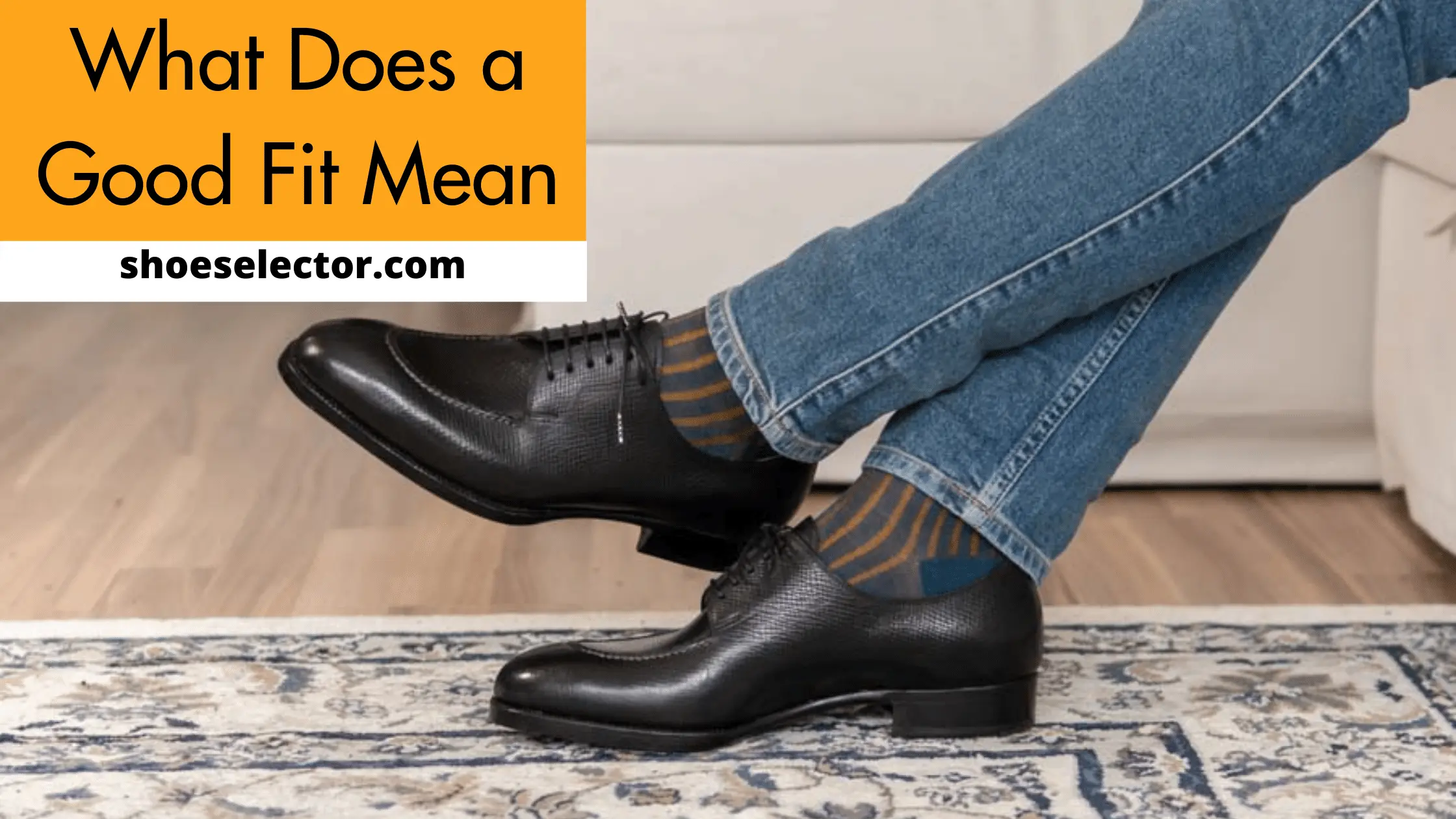
What To Consider To Get Good Fit Shoes?
There are other factors to consider when it comes to good fits.
In the first place, you want to look at how well the shoe supports your foot. This includes the size, width, and thickness of the sole. In addition, the fit of your toes should be considered. Is your toe box small enough for your toes? Do they touch or spread out around the shoe?
Next, the type of sole you’ve chosen should work with the rock you’re climbing. Are you going to be climbing on wet, slick, or crumbly surfaces? Will your foot be working on sharp, angled, or angled-down edges? How will your shoe interact with your foot?
Finally, you want a shoe with good traction on the rock. This means the shoe should grip the rock well, and you should have a wide toe box so your toes can expand and contract to find the best grip.
How Do You Know If Your Shoes are Fitting Correctly?
A good fit means the shoes are shaped correctly to fit the natural shape of your foot. This can help prevent injuries by providing support to your foot. On the flip side, a poor fit can lead to injuries due to poor biomechanics.
To find out if you’re buying the right size or shape, simply buy a pair of inexpensive comparable shoes that are made by a competent brand and look at your foot and ankle in a mirror. Compare the length of the arch to your other foot, and the length of the heel bone to the arch of your other foot. If the length of the arch or the length of the heel is shorter than the arch or the length of the heel bone of your other foot, you need a larger size or a higher cut shoe.
Doing a comparison to your other foot also gives you an idea of whether the width is correct. If the width is wider than your other foot, you should buy a smaller size. If the width is narrower than your other foot, you should go for a bigger size.
How Does It Affect Your Climbing Ability?
A properly fitting pair of shoes can give you better balance, traction, and control in your climbs. The shoes should support your footwell and align your ankle and arch. They should also allow enough room for you to move freely and comfortably.
However, poor shoes that are too tight can cause your feet, ankles, and knees to swell, your toes to stretch, and your muscles to hurt. These symptoms are more noticeable in cold weather. If you notice any of these problems, make sure to bring them up with your local climbing shop or trainer. If your problems persist, speak to a doctor.
Wrapping It All Up!!!
You want to make sure that your climbing shoes are tight enough. As a general rule, the higher the arch in your foot, the less room there should be between the shoe and the top of your foot. The last thing you want is for your feet to be rubbing together because they are going to get extremely irritated and uncomfortable after a while.
For example, you could choose to go with a size 10 shoe, but if you wear a size 12 foot, you may want to consider a 10.5. There are some exceptions. If you tend to have problems with your arch, you can choose a shoe that is a half size larger than your normal shoe size but make sure that it fits the way you want it to.
When choosing your shoes, there are a couple of things you should look at. So make sure to check all the factors and get the right fit shoes for climbing.

